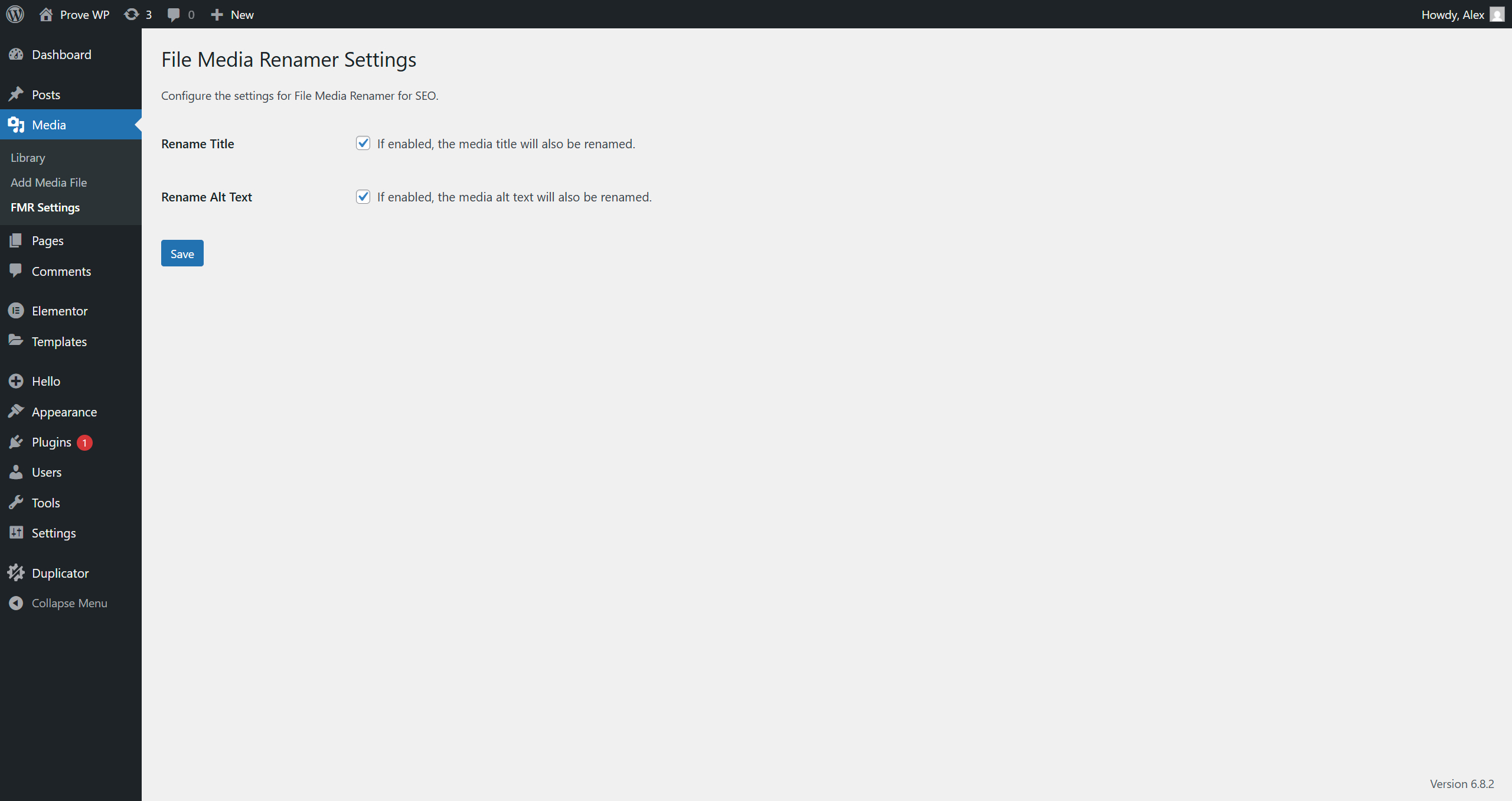The Power of a Well-Structured WordPress Template
WordPress templates work wonders for website owners. Designers and developers alike can attest to that. But what happens when these templates lack key features or aren't optimized for performance? As site owners, few of us think about the importance of choosing the right foundation, and that's a shame because a poorly structured template can impact user experience just as much as broken content. Your visitors are still big fans of smooth navigation, fast load times, and engaging visuals—like a WordPress template with slider that showcases your best content right at the top.
Why a WordPress Template with Slider Matters
A well-designed template sets the tone for your entire website. A WordPress template with slider not only enhances visual appeal but also improves engagement by highlighting featured content dynamically. Sliders can showcase promotions, portfolio items, or key services—making them an excellent choice for businesses looking to make a strong first impression.
- Visual Impact: Sliders immediately draw attention to important content.
- User Engagement: Interactive elements keep visitors exploring your site.
- Flexibility: Easily swap images or messages without redesigning the entire page.
How to Edit in WordPress for Maximum Effect
Once you've selected the right template, knowing how to edit in WordPress is crucial. Customizing your slider settings, adjusting image sizes, and fine-tuning transitions can make a significant difference. Navigate to Appearance > Customize or use a page builder like Elementor to tweak your slider's appearance and functionality.
Where Are WordPress Logs When Things Go Wrong?
Even the best templates can encounter issues. If your slider isn't working correctly, knowing where are WordPress logs stored can help diagnose the problem. Logs are typically found in your hosting account's error_log file or within the wp-content/debug.log if debugging is enabled. Checking these logs can reveal plugin conflicts or server errors affecting your slider's performance.
How to Add a Menu to WordPress for Better Navigation
A slider may grab attention, but a well-structured menu ensures visitors stay on your site. Learning how to add a menu to WordPress is simple: go to Appearance > Menus, create a new menu, and assign it to a location (like the header or footer). Pairing a dynamic slider with intuitive navigation creates a seamless browsing experience.
Optimize Your WordPress Site with WPutopia
Choosing the right WordPress template with slider is just the beginning. Keeping your site running smoothly requires regular maintenance, plugin updates, and performance tweaks. At WPutopia, we specialize in WordPress services, including theme upgrades, plugin installations, and troubleshooting. Let us handle the technical details while you focus on growing your business.
Ready to elevate your WordPress site? Contact WPutopia today for professional WordPress solutions tailored to your needs.













